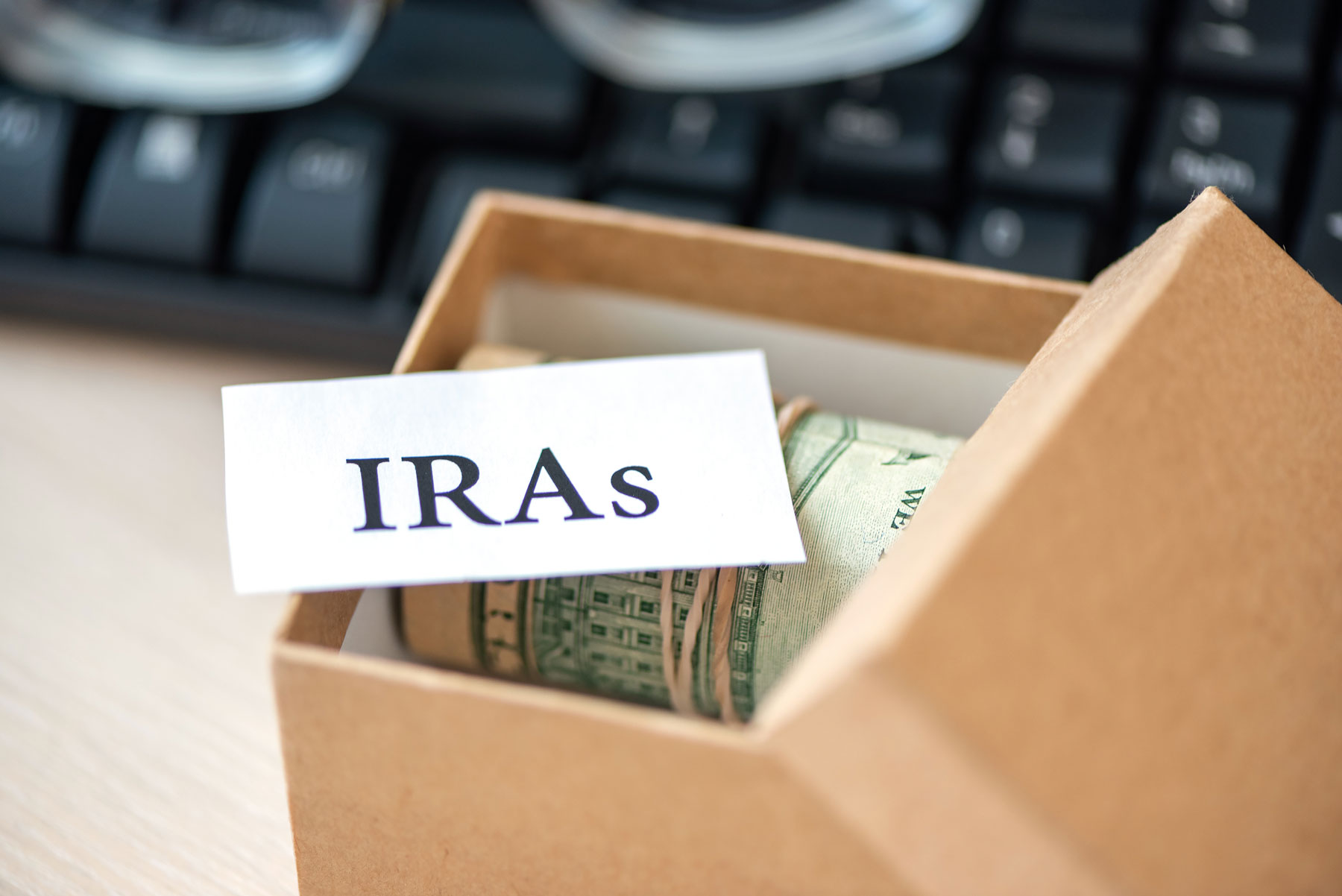“If you have an individual retirement account, do you recall filling out a beneficiary designation form? That’s the document that allows you to direct the IRA custodian to transfer your IRA to the people you name in the form.”
If you’re like most people, you opened that IRA many years ago. You may not have any idea who you named as your beneficiary. If you have a copy in your files, there’s something you need to do, says The Mercury News in the article “No beneficiary designation for an IRA? Here’s what can happen.” It’s time to dig into your records and take a look.
As part of opening the IRA, you likely signed what’s called a “custodian’s IRA agreement.” In that document, there are provisions that take over in certain instances. One of them is if you fail to designate a beneficiary. Consider these examples, if you don’t think this matters.
A major institution has custody of about 10 million IRAs. In every one of their IRAs, there is a provision that says that if the IRA owner has not by the date of their death, designated a beneficiary or if the beneficiary does not outlive the account owner, the IRA’s beneficiary will be the surviving spouse. If there is no surviving spouse, the beneficiary is the decedent’s estate.
This is not an unusual provision. It gives the institution the ability to transfer the IRA when the owner dies, when there is no beneficiary designation on file. Therefore, a married IRA’s account would pass to his or her spouse. The surviving spouse has the option to transfer the IRA into their own IRA.
However, what if that’s not what you want to happen? Or if you are single?
For someone who is single, widowed or divorced, the IRA passes to the person’s estate under this default provision. If you wanted the IRA to be inherited by a niece, nephew, child or grandchild, it’s too bad. What is worse, is when the IRA transfers to an estate, it loses its connection to a person, thereby losing the ability to be stretched out over an extended period of time.
There are other frequently used provisions. One is a provision that distributes the account to the surviving spouse, or if there is no surviving spouse, to the children in equal shares per stirpes, or if there are no children, to the estate. This works better than the first option. However, unless you review your IRA Custodial Agreement, you don’t know what will happen.
What should you do? As part of your overall estate planning, you should find your beneficiary designation paperwork. If you can’t find it, call the institution that holds your IRA for a copy of what they have on hand. You can also fill out a new beneficiary designation and be certain that the custodian places this paperwork on file and keep a copy of it yourself with your important papers. Otherwise, it’s possible that your updated beneficiary designation wishes may not be followed.
Speak with your estate planning attorney to make sure that all of your documents in your estate plan are updated. If you have any questions about your current estate plan, please call or email us today.
Reference: The Mercury News (August 12, 2019) “No beneficiary designation for an IRA? Here’s what can happen.”








